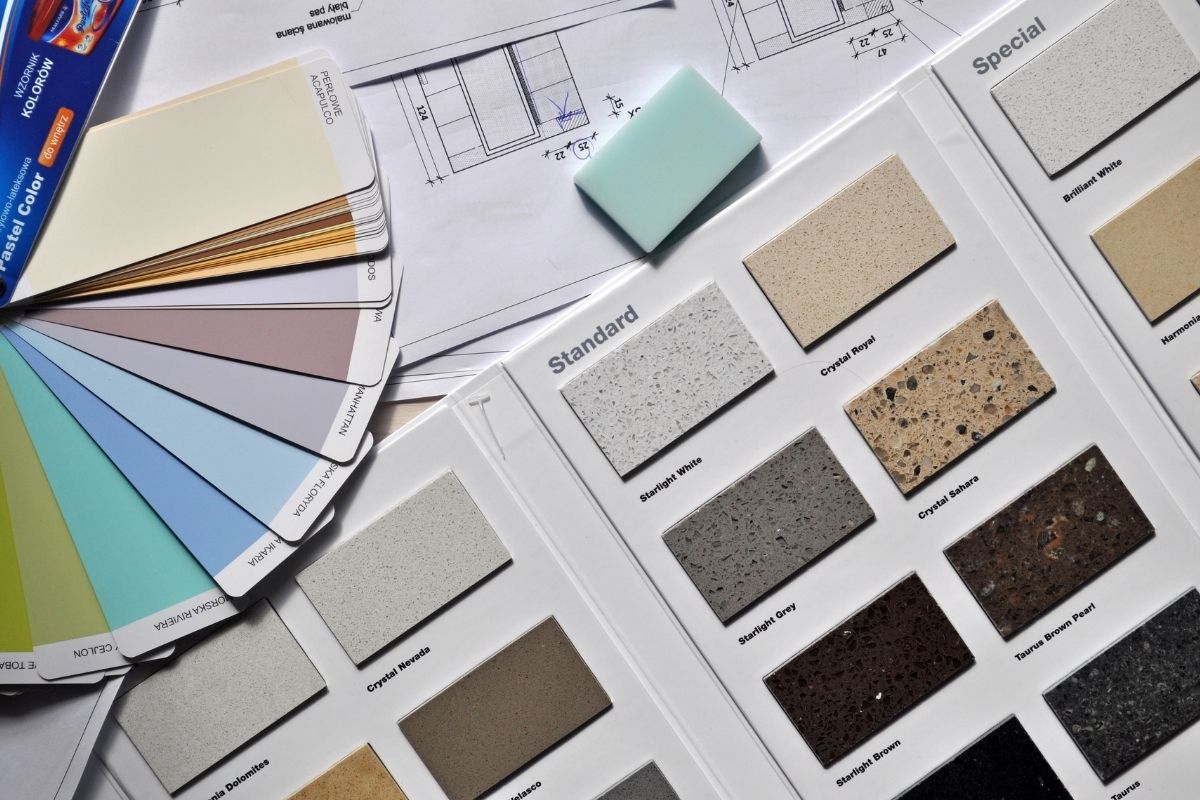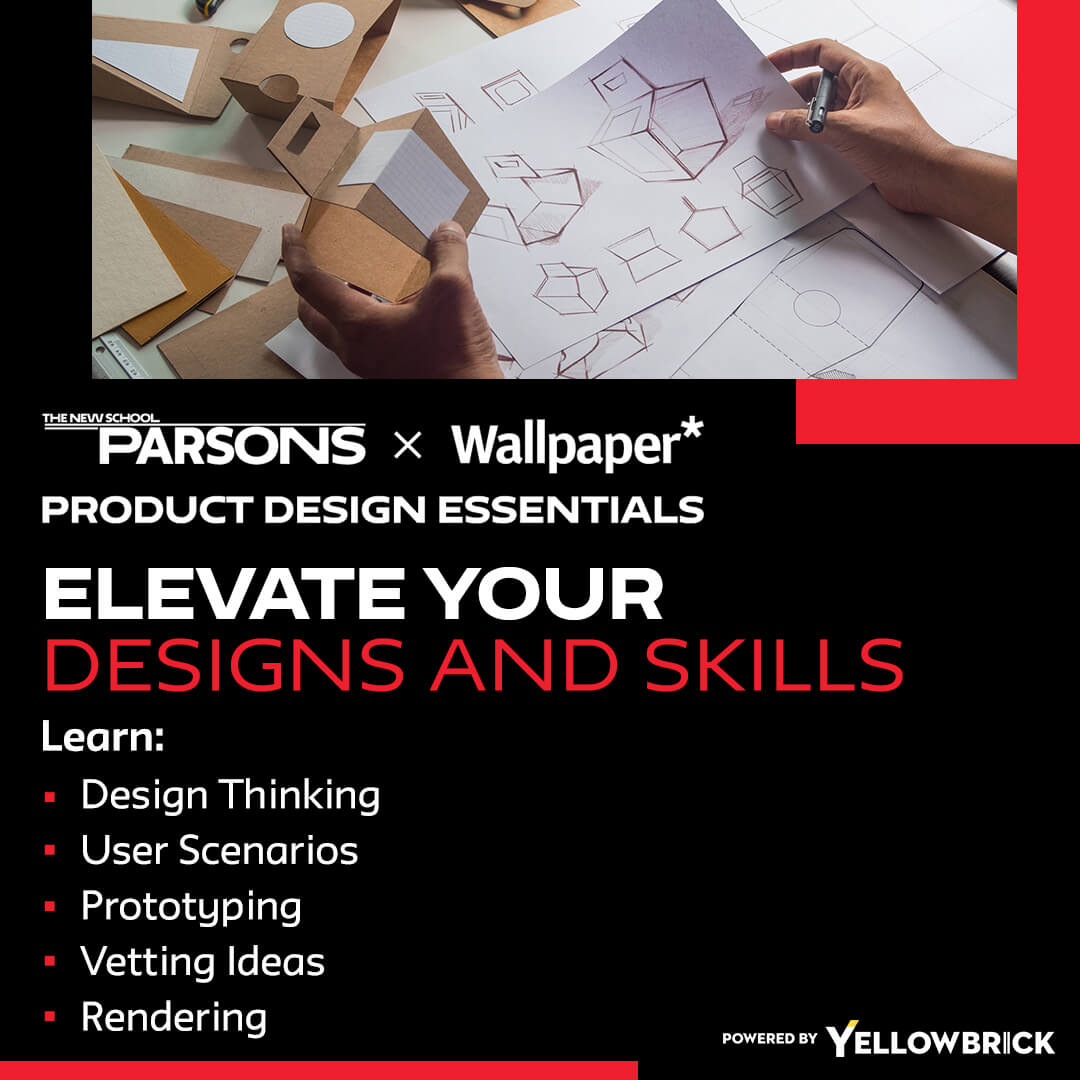Improved Approach to Product Development Research

There are a lot of different techniques to use when looking at product development. The various techniques go beyond product design and development. We call the type of research that we do “generative research.” We call it “generative” because it’s not necessarily about quantified research. In quantified research, we can have access that can inspire thoughts and ideas. For this reason, it is necessary to make such techniques part of product design education. It means including it in online product design education too.
We’re interested in inspirations that allow us to look at problems differently. In this case, we are trying to surround ourselves within project spaces. Frequently, and for the longest time, it’s been boards on a wall. More recently, that’s turning into more virtual project spaces, where it’s possible to modify things much more.
Most importantly, we’re trying to immerse ourselves and surround ourselves with inspirations. We immerse ourselves in these inspirations that allow us to look at a problem holistically and get at specific insights. Sometimes, that comes from detailed ethnographic research, where we spend time with people in their homes so that we can understand the tasks that they’re doing. Also, we may be looking at the whole context around using a specific kind of device or technology.
Many times, we are also pulling inspiration from similar products and trends. Again, we are looking at the culture of how people live. Often, we’re designing for different cultures, sometimes in other countries.
At the same time, there’s culture and subculture. You can define it in very narrow slices as you’re looking at who you’re trying to connect to within a brand. In this case, we’re trying to create a very holistic picture as much as possible through imagery. It is often on the wall through notes and quotations from people who we might speak to within a culture or subculture. As we do this, we are looking specifically at some technologies. You can use these technologies in parallel with what we’re designing toward.
We work to get those things together into territories. Then, we might look to design within and try to create personas around the person who we’re designing toward. We want to connect those personas to real things that we see in real life with real people as much as possible.
We try hard not to fall back on our predisposed way of thinking about the person’s identity. We want to get outside of ourselves. We want to have empathy toward the life of the person who we’re designing toward. In this effort, you dive in and look for solutions that can help the identified persons.


